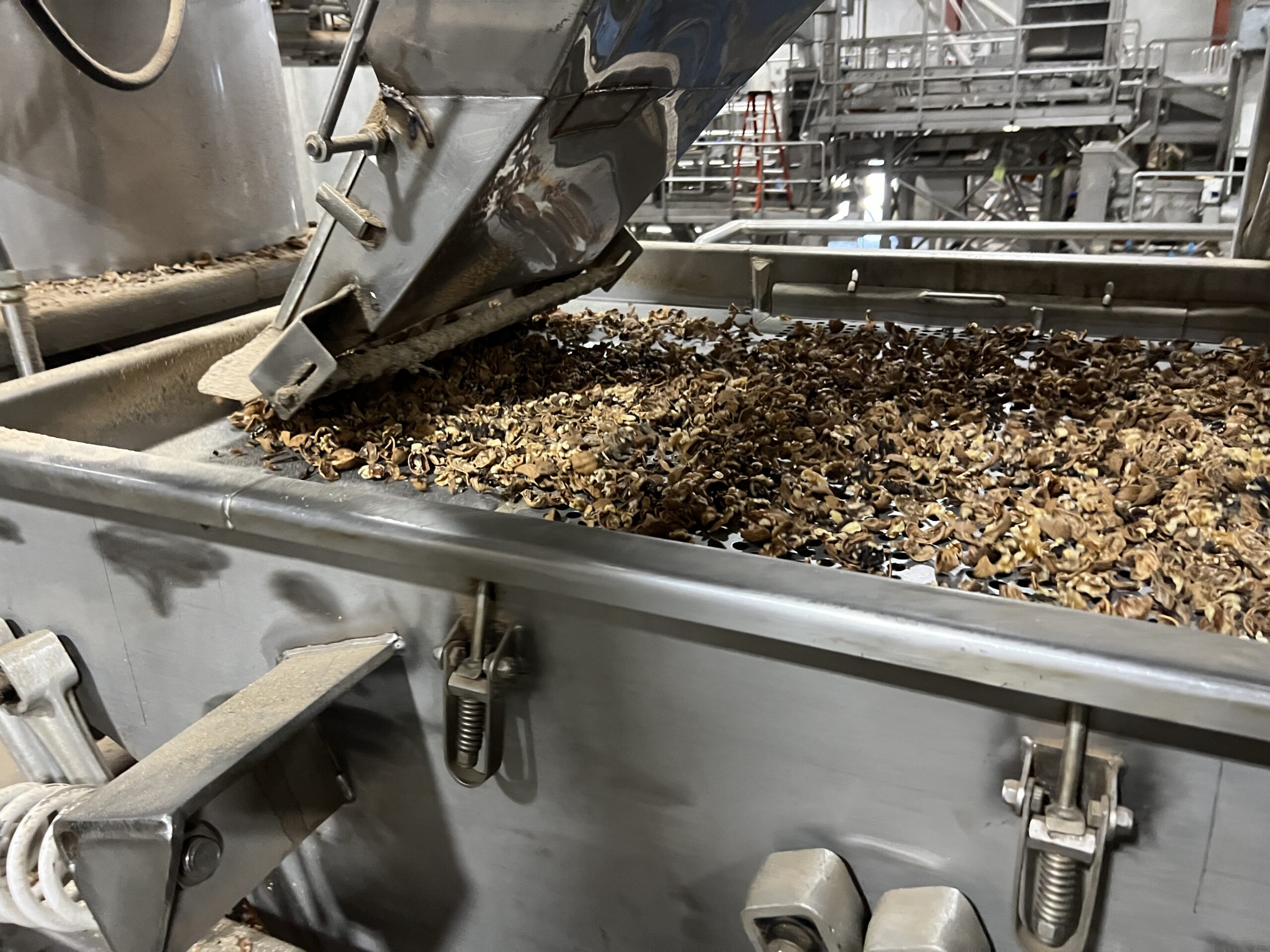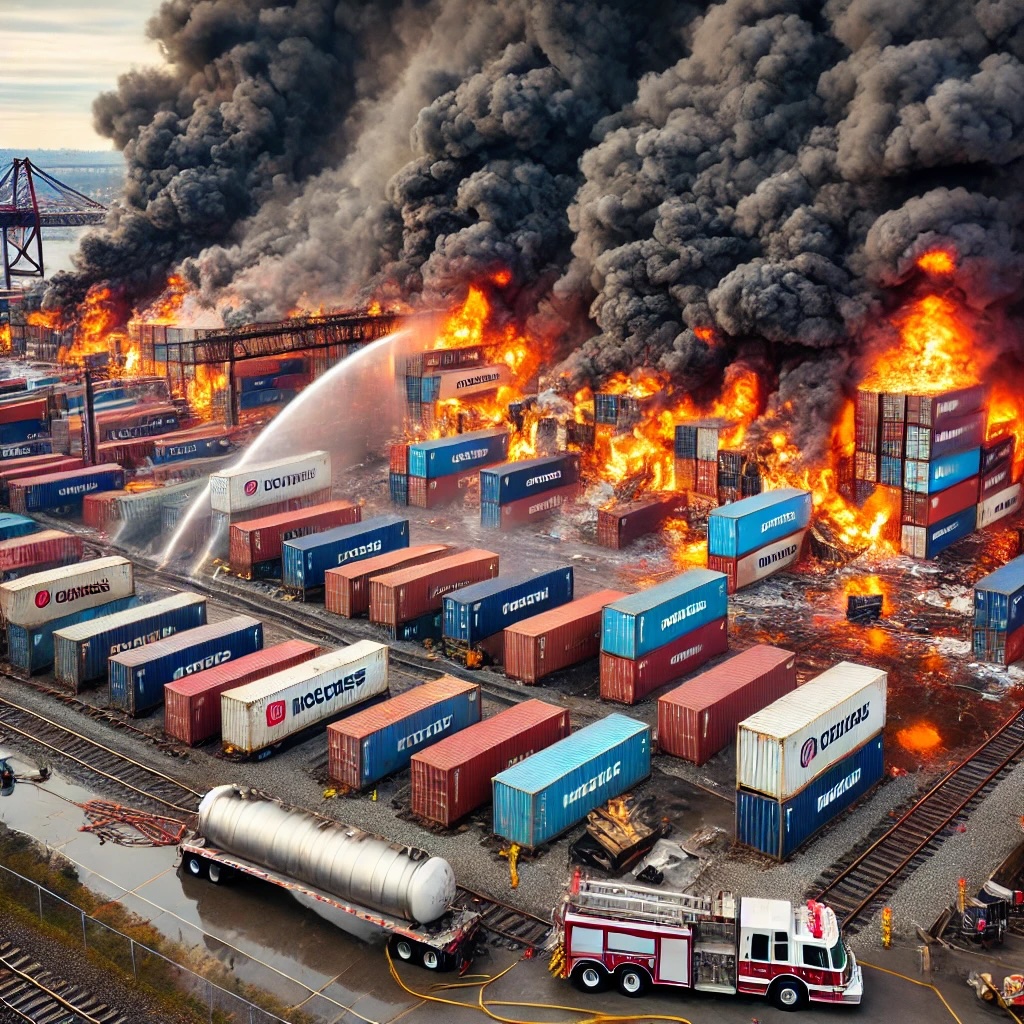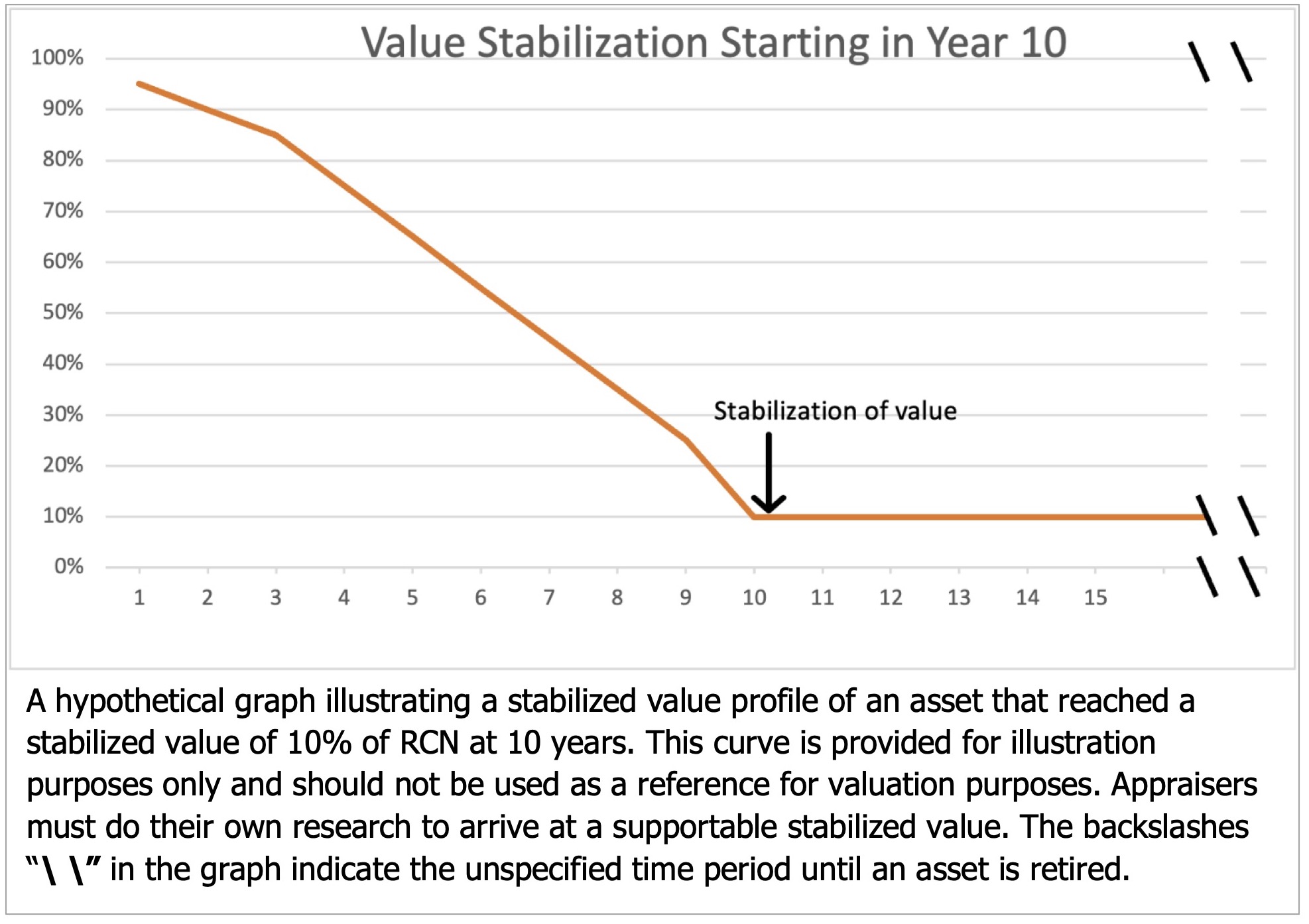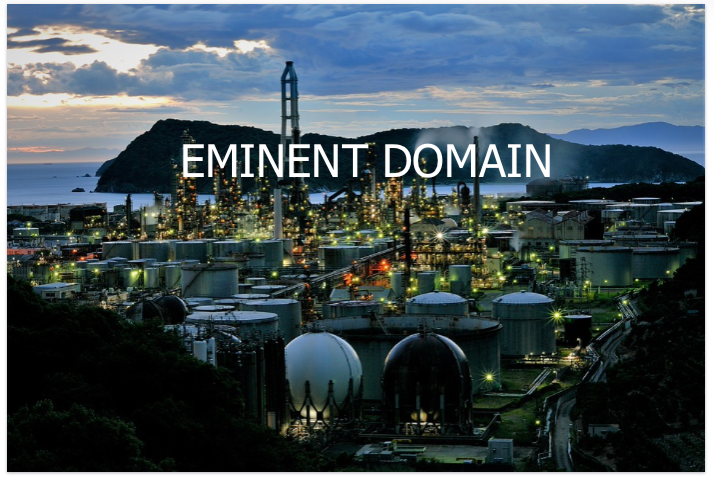Update: In January 2020, the Navistar MaxxForce engine class-action settlement finalized at $135 million. We are not available to appraise individual trucks. We suggest owner/operators find an attorney to assist with individual claims.
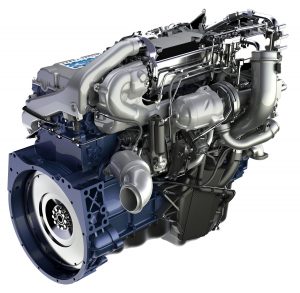
In 2017 an Arkansas trucking company became the latest to file a complaint against Navistar in federal court, arising out of the now familiar refrain that Navistar knew its 2010-2013 MaxxForce 11,13, and 15 Advanced EGR diesel engines were defectively designed and would prematurely fail, causing damage to the trucks and economic harm to the trucks’ owners and lessees, as well as severely diminishing the value of the affected vehicles.
Other lawsuits against Navistar include a class-action suit and one brought by the U.S. Securities and Exchange Commission. The initial suit involving these trucks was Navistar’s against the EPA in 2009, followed by a 2012 suit against the EPA by some of Navistar’s major competitors, claiming that the agency should not have allowed Navistar to continue selling its MaxxForce advanced exhaust gas recirculation (EGR) diesel engines subject to non-conformance penalties (NCPs) since the engines did not meet the agency’s standards for oxides of nitrogen (NOx).
The Maxxforce lawsuits involving equipment appraisal, however, are those alleging economic loss due to loss of value and that’s where the equipment appraiser comes in.
Issues with the Maxxforce engine are fairly well documented. A quick internet search uncovers numerous articles discussing the problems with the Maxxforce engines as well as the multiple class action suits filed against Navistar regarding this matter. Interviews with dealers and other industry experts support the assertion that there are significant performance, and therefore valuation issues, with the Maxxforce engine and that these issues are widely known in the marketplace. As an example, the NADA Official Commercial Truck Guide lists a nearly $19,000 deduction in value for 2011 International ProStar+ trucks with the Maxxforce engine. One can easily search results from major auction companies like Ritchie Brother’s Auctions and see first hand the lower hammer price for similar units with and without the Maxxforce engines.
An appraiser, however, can’t simply assume that any 2010-2013 Navistar truck should automatically be discounted in value. Because the Maxxforce engine is not the only engine type used during the years in question, appraisers must be careful to verify engine types as part of the valuation research. Valuing a Maxxforce engine also calls into play an interesting kind of functional obsolescence: incurable deficiency. The engine does not work and—as most experts agree that due to unique Maxxforce wiring harness, Maxxforce powered trucks cannot be cost-effectively retrofitted with a non-Maxxforce engine—the truck cannot be fixed.
How did Navistar find itself in this world of lawsuits?
Navistar International Corporation traces its roots back to the 1902 formation of International Harvester from the merger of the McCormick Harvesting Machine Company and the Deering Harvester Company. Over the next 75 years, IH expanded beyond its agricultural roots to transportation and other industries. In the mid-1980s, in the midst of the agricultural economic downturn, IH sold its agricultural division and was restructured as Navistar.
For decades, Navistar International Corporation enjoyed an overall good reputation and many years of successful sales. Then came the ill-fated attempt to develop EGR technology.
During 2010-2012 as Navistar tried to “perfect” its EGR only technology, many trucking companies with MaxxForce powered units experienced repeated breakdowns and engine failures, many of which were related to the EGR system. Problems with components such as EGR valves, EGR coolers, EGR inlet tubes, EGR sensors, and defective ECM modules were being experienced by trucking companies throughout the United States. Not surprisingly, Navistar’s International trucks and MaxxForce engines experienced numerous recalls and dozens of service bulletins during this time including to the EGR system. These problems led to increased breakdowns, downtime, repair costs, and lost profits for the companies operating the trucks. These problems continue to this day for many companies.
The result? Lawsuits and diminished market share in the Class 8 truck market. Forbes magazine, in January 2014, published an article entitled “Navistar Has a Tough Road Ahead” discussing the effects of the EGR problem. The article states, “In 2011, NAV (Navistar) had a similar market share for Class 8 trucks to its competitor PACCAR (PCAR). Now, PCAR has nearly double the market share of NAV in this important category.” In the 2017 sluggish heavy-duty truck market, Navistar continues to struggle, despite rapid introduction of new models and two recent foreign military contracts.
If post-2020 settlement your company is experiencing problems with the 2010-2013 MaxxForce 11,13, and 15 Advanced EGR diesel engines, you may need an attorney to address a claim against Navistar.
Jack Young, ASA—MTS/ARM, CPA
NorCal Valuation Inc.
